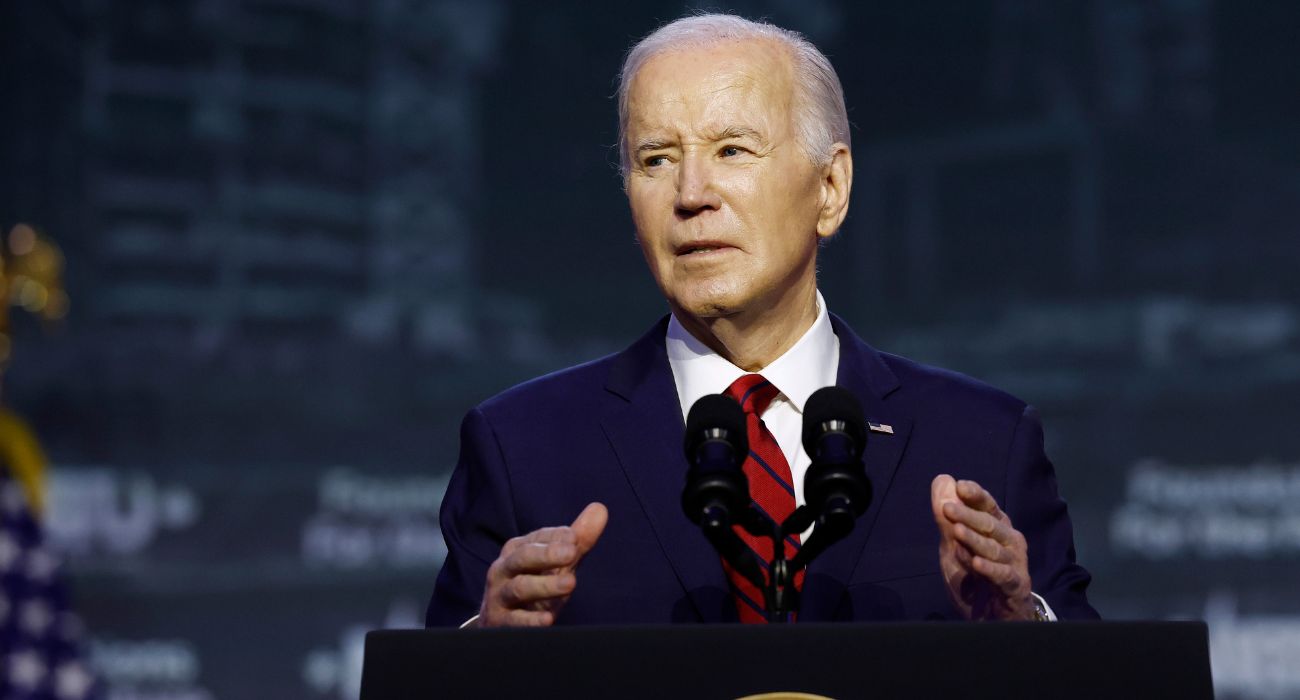Inflation remains a concern for Americans despite its decline from previous highs.
Officially, the Federal Reserve has been shooting for an inflation rate of 2% annually, which it considers optimal for a healthy economy. In January, year-over-year inflation was 3.1%, above the Fed’s target but substantially lower than the 9.1% witnessed in July 2022.
In North Texas, however, inflation remains elevated. Prices in the Dallas-Fort Worth-Arlington area rose 5.3% year over year in January, 2.2 points higher than the national average.
To combat rising prices, the Fed has enacted an aggressive credit tightening campaign, which has seen interest rates raised from 0.25% in March 2022 to 5.5% today. While rate hikes have helped soften accelerating prices, they have also resulted in surging loan rates, like mortgages. On March 8, the average 30-year fixed rate in the United States stood at just over 7%.
As reported previously by The Dallas Express, President Joe Biden highlighted the reduction in inflation in his State of the Union address last week. However, the president did not mention the historically high interest rates that remain.
“Inflation has dropped from 9% to 3% — the lowest in the world. And trending lower,” Biden said in his SOTU speech, per Fox News.
Still, grocery prices remain 21% more expensive compared to the start of 2021. While prices have retreated slightly, overall, food costs remain significantly high. And while the rate at which price growth has slowed, without actual deflation, costs will likely remain elevated and may even increase.
“The prices of some things will decline. Others will go up. But we don’t expect to see a decline in the overall price level. That doesn’t tend to happen in economies, except in very negative circumstances,” Fed Chair Jerome Powell said during an interview with 60 Minutes last month.
Since the U.S. inflation rate is the average change in the price of a basket of goods and services, the items in that basket can have vastly different growth trajectories. Some items, like eggs, have skyrocketed in recent years. In January 2021, a dozen grade-A eggs cost, on average, $1.47, per Fox Business. By January 2024, that price had surged to $2.52, or over 71% higher.
At its worst, in January 2023, eggs were costing Americans $4.82 a dozen. Unsurprisingly, a November 2023 Yahoo Finance/Ipsos poll found that 67% of voters said food prices were “the area they have seen most impacted by inflation.”
“Supermarkets are very reluctant to change their prices when their costs go up, but when they go up a certain amount, they have to raise them. And when they do that, they have a tendency to hang on to those higher prices, even if the cost of their food comes down,” said Peter Vitaliano, chief economist for the National Milk Producers Federation, per Fox Business.






